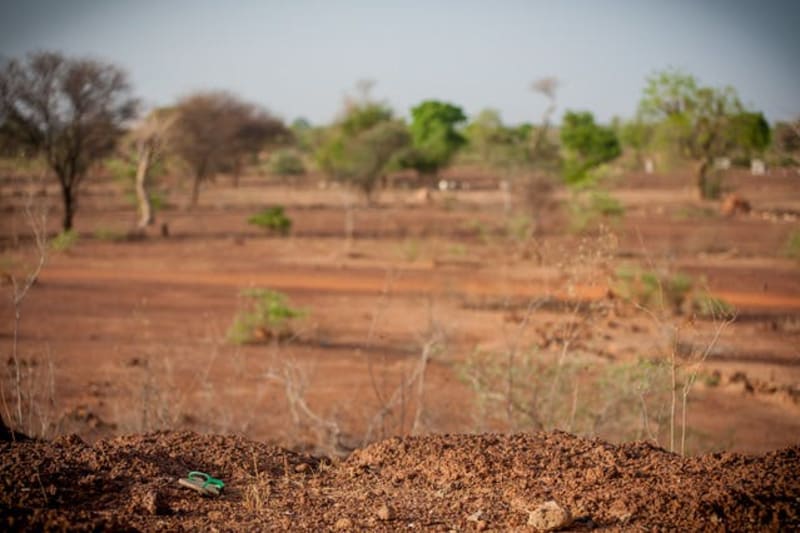The sanitation team
The sanitation team is six women, meeting weekly to clean the area around the center. The women pick garbage and sort for incineration, and for recycling. Metal is not to be found as it is possible to get money when it is handed in, so it never remains. However, plastic and glass, spray bottles and batteries are a problem. Activities are also carried out with the preschool and school children so that the children are involved in the work of keeping the village clean and think of recycling.
